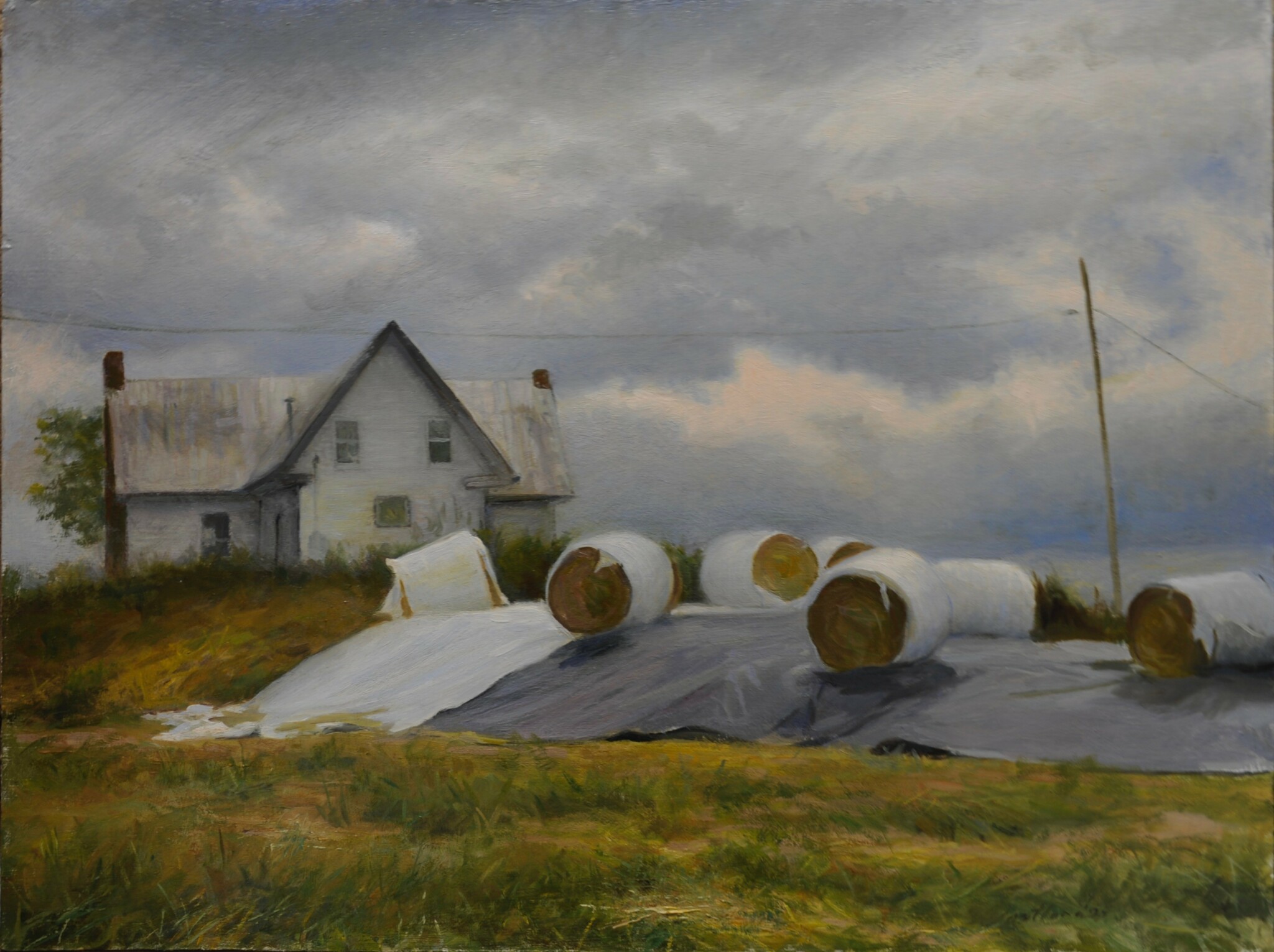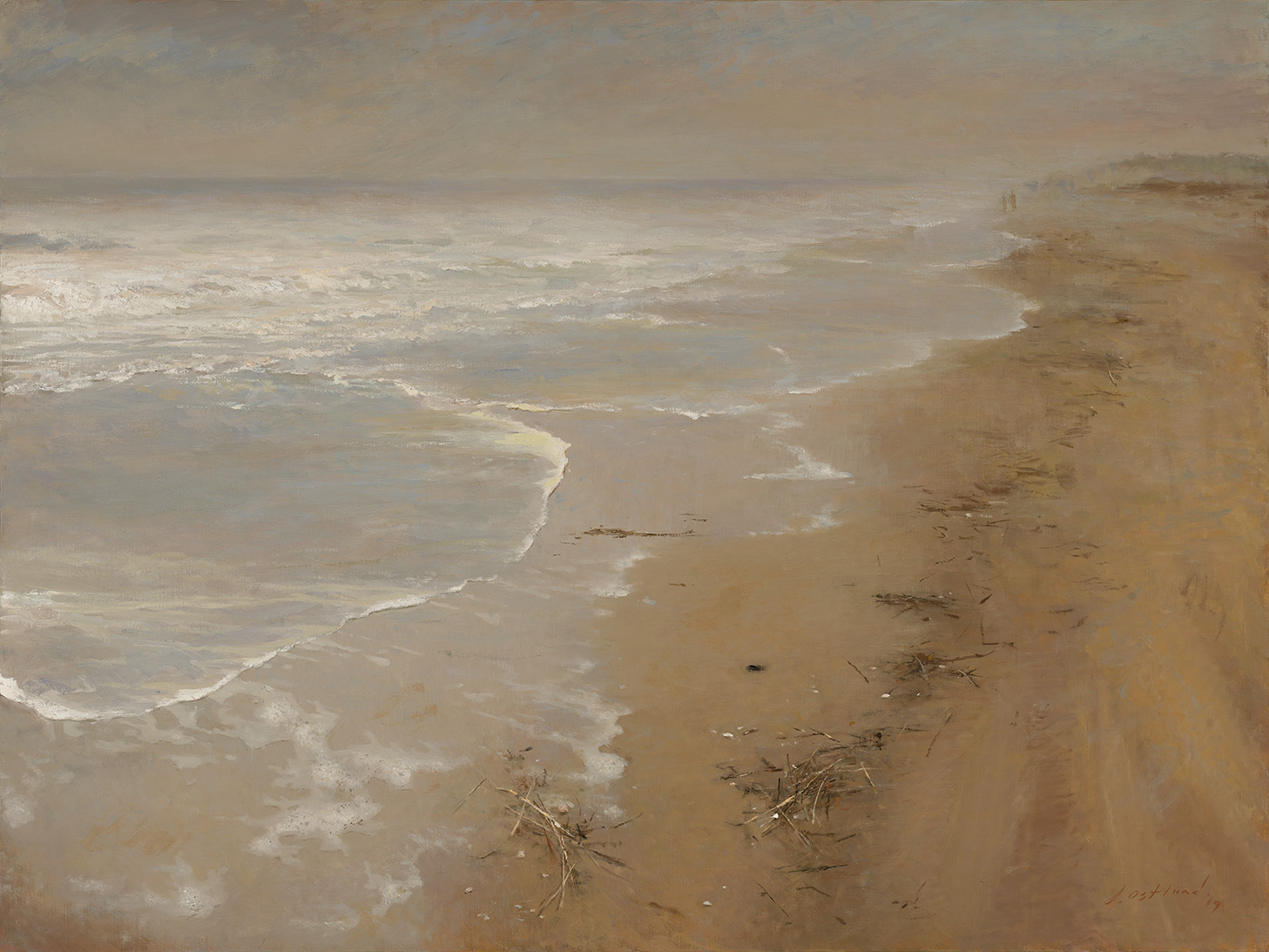We’re excited to introduce you to the always interesting and insightful Jim Ostlund. We hope you’ll enjoy our conversation with Jim below.
Jim, thanks for taking the time to share your stories with us today Learning the craft is often a unique journey from every creative – we’d love to hear about your journey and if knowing what you know now, you would have done anything differently to speed up the learning process.
Initially I was drawn to 19th-century American illustration and pursued my artistic aspirations at the American Academy of Art in Chicago. However, upon realizing the shifting landscape of illustration, I pivoted to Fine Art, pursuing painting and drawing from the figure which taught me about line, shape. form, values and anatomy. Painting or drawing the human figure was considered one of the most challenging and prestigious tasks for an artist. Mastery of the figure demonstrated an artist’s technical skill, understanding of light and shadow, and ability to create depth and volume, this pursuit I continued to follow which eventually laid the foundation for my growth as an artist.
My encounter with a student from the storied Atelier Lack was a pivotal moment for me. Upon that introduction, I chose to refine my craft and pursue a deeper understanding and a greater capacity to render nature without the intervention of interpretive style,
My time at Atelier Lack honed my technical skills, but most importantly, it helped me to see with more clarity relationships of value and shapes, rendering these without stylistic interpretation and preconceived judgements. The most significant obstacles for me were unlearning technical and stylistic mannerisms that kept me from moving further in the discovery of stating what was evident. Reflecting on my earlier artistic experiences in Chicago, my attending the American Academy of Art and continuing to study the figure at the Palette and Chisel Academy of Fine Art, I recognize their invaluable contribution in preparing me for this next chapter of rigorous atelier discipline which catapulted me to a level of sophistication I could not have imagined. Also, in Chicago, the relationships I formed, meeting the girl that I eventually married, the life lessons I learned, and the personal growth I underwent were all essential steps in my journey. These experiences, were crucial in bringing me to a place where I could fully appreciate and benefit from the inflexible training I was later provided in the Atelier.
Being self-employed comes with its share of challenges. Early on, my goals were more short-term and less informed. Looking back, I think some classes in business would have served me well, by helping me understand what it takes to run an art business. The internet, which the younger generation seems to handle so well, has become a worthwhile resource, beyond the creative process, there’s a whole business side to consider—galleries, marketing, framing, shipping, and the many tasks involved in completing a portrait commission.
In hindsight, I look back now and see that artistic paths are rarely linear. They are built through a combination of clarity of purpose and strategic outline to succeed along with passion, timely opportunities and the readiness to embrace both obstacles and opportunities. By staying true to my vision, I’ve experienced a journey that I suppose, is uniquely mine—one that continues to evolve as I pursue my artistic purpose.

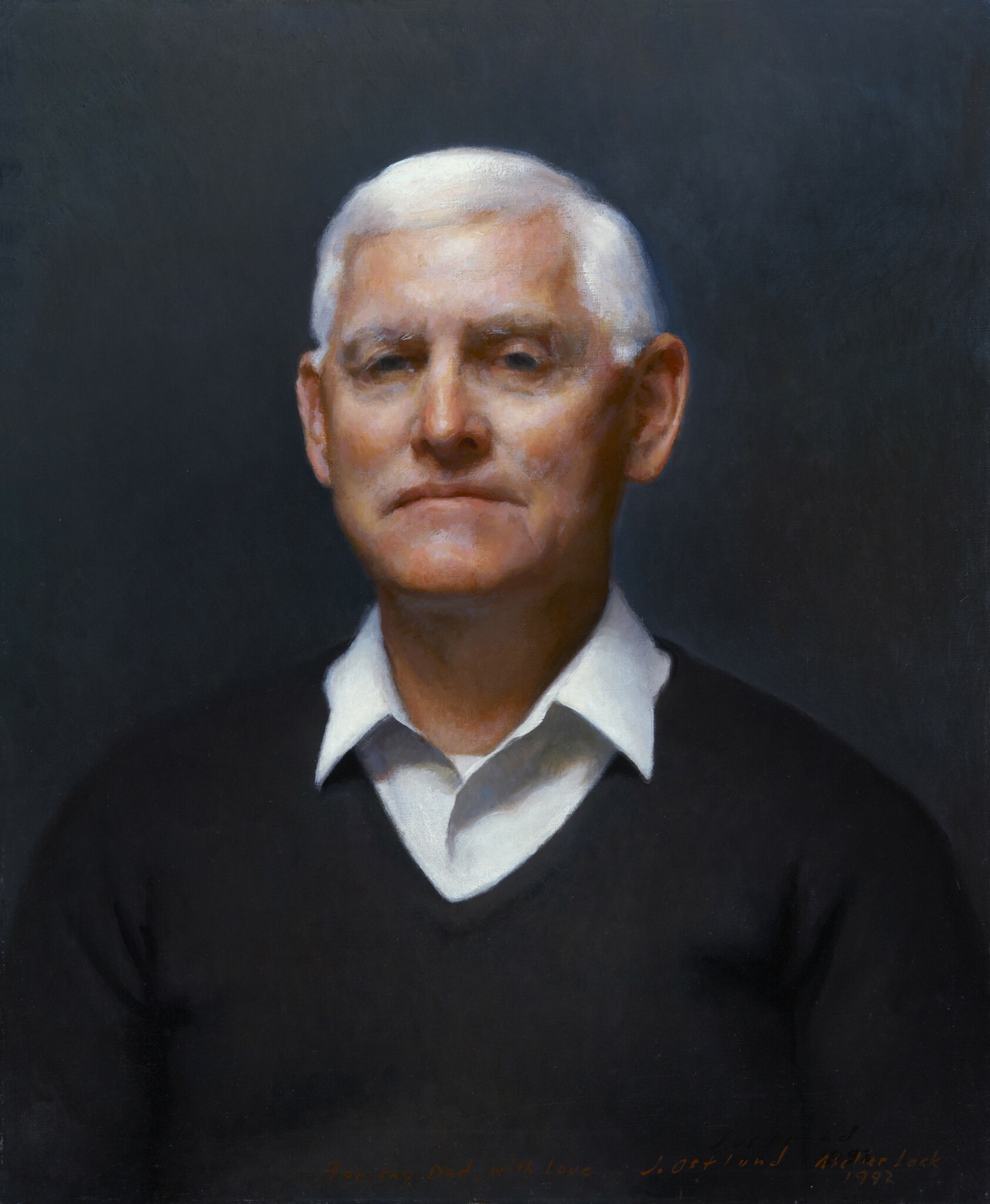
Awesome – so before we get into the rest of our questions, can you briefly introduce yourself to our readers.
From the beginning of my artistic evolution, I have felt an unwavering commitment to my craft. I have had the great fortune to follow a path aligned with my passions, while demanding everything from me. Tenacity and perseverance are qualities that have slowly revealed their measure over time.
Early on, while influenced by great artists of the past, whether of the 16th or the 19th century, my focus was never on “making a living”, but on mastering the art of seeing and imparting nature’s profundity on canvas. I immersed myself in the craft of picture-making, striving to observe nature with the humility and openness required from one’s heart to be able “to see”. The joy of creation was so profound that I would have painted without compensation, though practicality eventually found its place.
I was privileged to have received my education tracing back through an impressive lineage of “Old Masters”. This thread connects me to centuries of tradition in Classism and impressionism. Studying under Richard Lack, a student of R.H. Ives Gammell, I became part of a lineage that extends through William McGregor Paxton, Jean-Léon Gérôme, to the 17th century French Academy. This heritage integrates academic rigor with Impressionist intuition—the former teaching discipline, the latter awakening me to the poetry of light, color, and interconnectedness in nature. My understanding deepened during my years of teaching in Florence, Italy, while also copying masterworks in the major museums.
Portraiture became a natural extension of my love for the figure, leading me to commissions that took me into clients homes, corporate offices, and unfamiliar landscapes. Between sittings, I’d steal moments to paint en plein air or draw inspiration from local museums, weaving landscapes into my practice as counterpoints to the human form.
Today, I balance studio work with plein air painting, embracing both commissioned portraits and landscapes. Yet my greatest desires lies in the act of creation itself. When asked which of my works is my favorite, the answer remains unchanged: the next one. It is in the unknown, the uncharted canvas, where gratitude and curiosity continue to collide—a reminder that art, like life, is an endless pursuit in discovery.
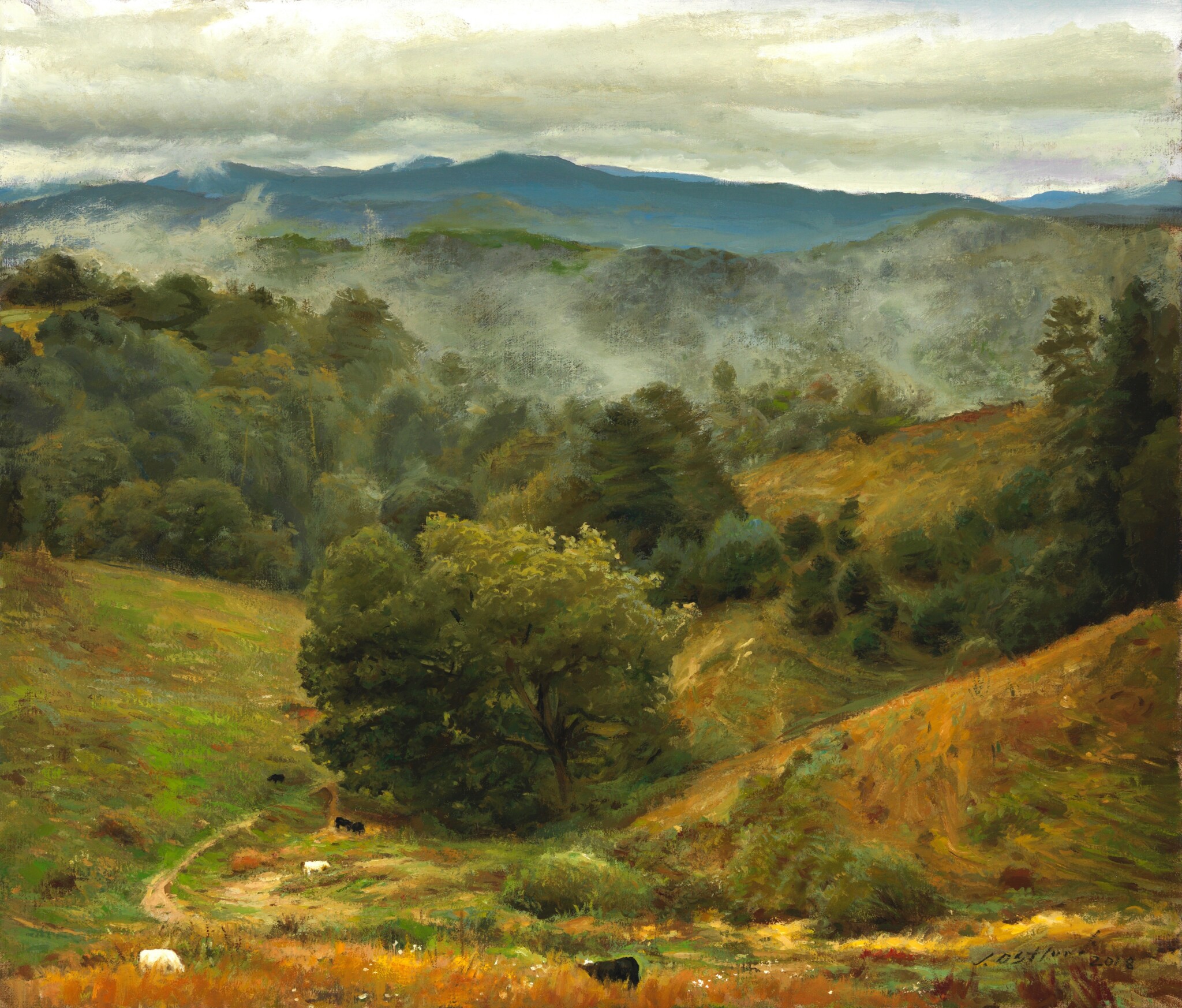

What do you find most rewarding about being a creative?
I’ve never felt entirely comfortable with the label “artist.” In truth, I am simply someone compelled to look closely. I’m an observer of light, of landscapes, of the fleeting expressions upon a face. I am inspired from my observations to translate that seeing into something tangible, through my perceptions.
When my work is created directly from life, they become fragments of a conversation—with a place, a moment, a quality of light. Once finished, they no longer belong to me. They leave the studio, carrying traces of that dialogue, and if I’ve succeeded, they might awaken in someone else the same curiosity that fuels me: the recognition that we are all capable of wonder and appreciation.
Those who create with fearless abandon, who turn raw instinct into magic, humble me. Their work reminds me that mastery is not a summit but a horizon. Titian, the great painter of the Renaissance, once said, “It takes one lifetime to learn art, and another to do it” I cling to those words. They echo the lineage I’ve inherited—through mentors like Richard Lack, whose teachings stretch back to Gérôme and the academic traditions of Europe—but also speak to the ceaselessness of this pursuit. Years in Florence, hours copying Old Masters, moments working on landscapes between portrait commissions—all were lessons in patience, in marrying discipline to spontaneity.
Now, splitting my time between plein air painting and studio work, I’ve come to measure completion by a quieter metric, its readiness to leave the studio. When it finds a home—whether in a private collection or a corporate lobby—it becomes part of someone else’s story. And that, perhaps, is the greatest reward: the reminder that art is not a declaration, but an exchange.
As for favorites? There are none. Each piece is a stepping-stone, a question asked but never fully answered. The next one, always the next one, holds the promise of stumbling closer to something true.
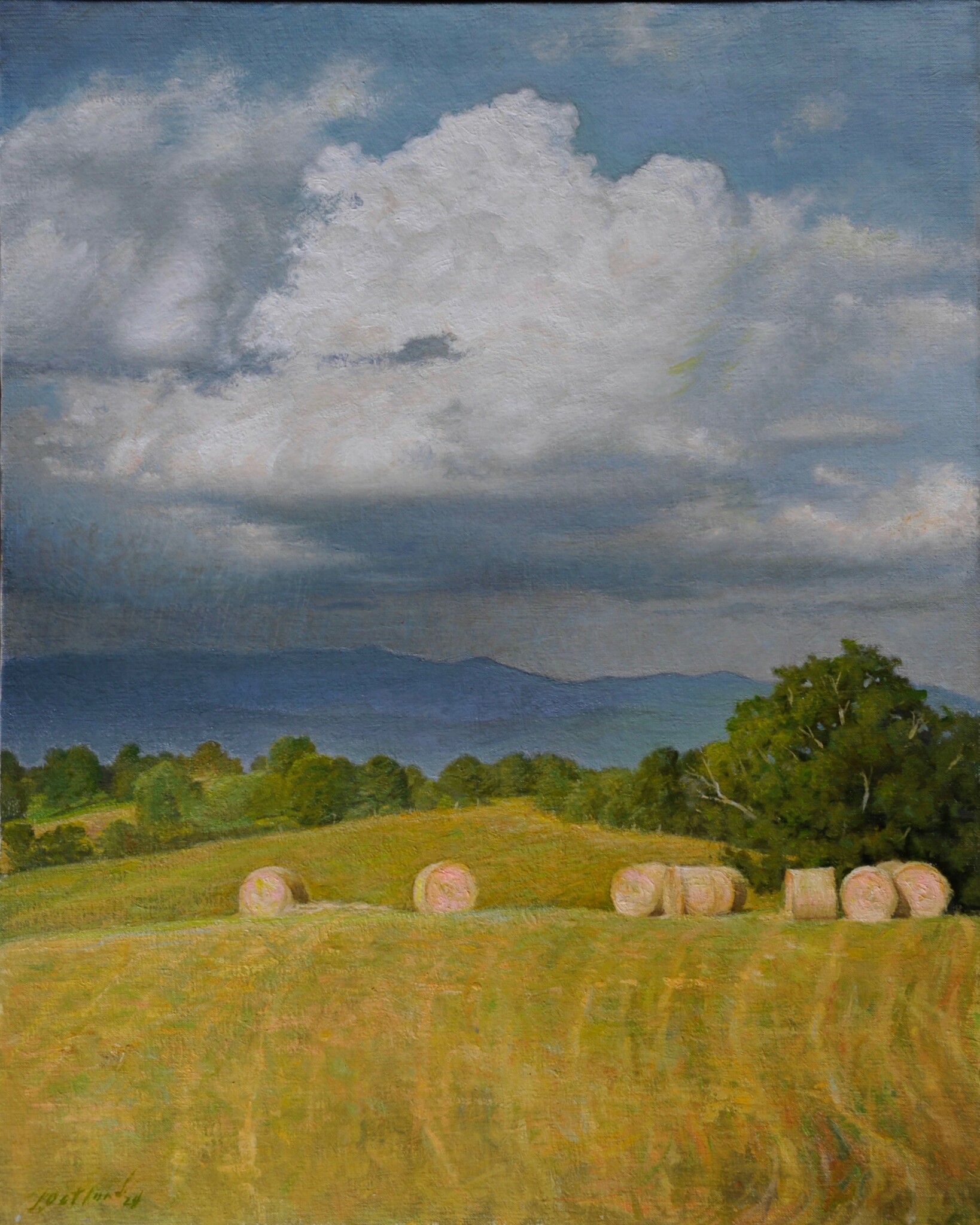
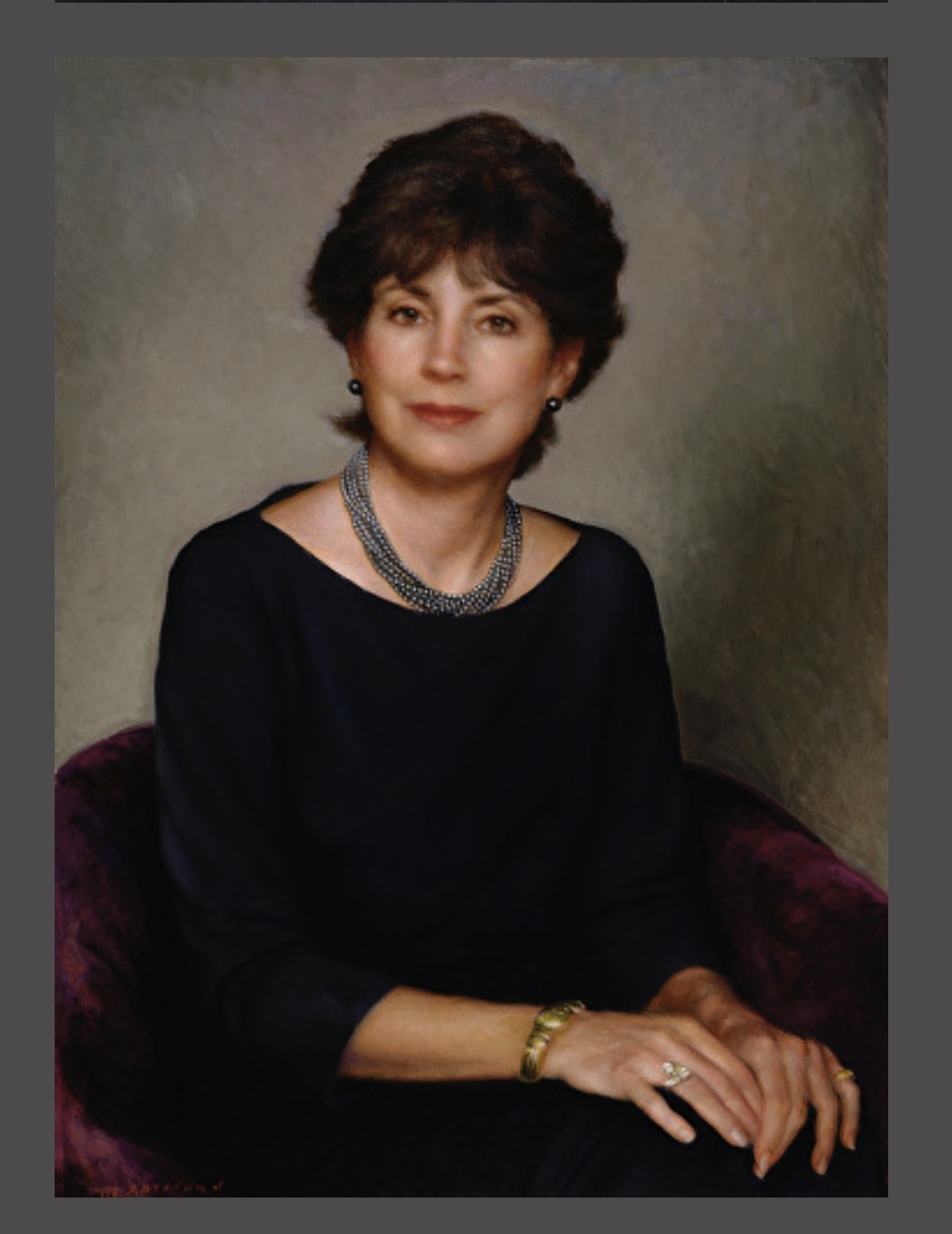
We often hear about learning lessons – but just as important is unlearning lessons. Have you ever had to unlearn a lesson?
Looking back, the journey of unlearning I discovered, is a profound act of courage. The constant barrage of mental ideas I entertained, only clouded my ability to render what I saw truthfully. ,My teacher with whom I held the upmost respect for, at one point, spoke of doubt in my ability to overcome the obstacles that were keeping me from seeing nature as it was. This doubt, though painful, became a catalyst, igniting a fire within me that transformed a challenge into purpose. This pivot from external criticism to inner resolve I see now was a testament to my resilience, a reminder that sometimes our greatest strengths emerge from moments of vulnerability.
Its a noisy world we find ourselves in today, which often drowns out the quiet whispers of intuition and beauty. I strive each day to commit to listening and allowing life to unfold naturally without preconceived bias. I may even surprise myself by what
accomplishments may arise.
Each day’s choice to embrace silence amid chaos is like tending a flower. It requires patience, attention, and the courage to let go of what no longer serves the truth of your vision.
Contact Info:
- Website: https://jimostlund.com
- Instagram: jim.ostlund
- Facebook: jimostlund
- Linkedin: jim ostlund
